Using a washing machine can't be that hard, right? You just load it with dirty clothes and detergent and hit Start. But actually there are a few things to consider: what cycle do you need? What temperature is right? Does the type and amount of detergent you use make a difference?
The answers could be slightly different depending on what type of washing machine you own, whether that be one of the best top load washers, the best front load washers or the best washer dryer combo, so if ever in doubt refer to the manufacturer's manual.
As with all things, preparation is they key to success when it comes to using a washer and that starts with getting everything ready. We spoke to cleaning experts Ken Doty and Tyler Kungl to find out more.
What you need to use a washing machine
- Laundry detergent (liquid, powder or pods)
- Laundry basket (like the Rubbermaid Laundry Basket, XL Hip-Hugger Basket for $35.05 on Amazon)
- Clothes to be washed
- Fabric softener (optional)
- Stain remover (optional)
Knowing how much detergent to use in a washing machine will also help. So now you've got everything you need ready, let's get on to how to use the washer.
Quick steps to using a washing machine
- Sort your laundry
- Check pockets
- Load the machine
- Add detergent (and fabric conditioner, optional)
- Select the wash cycle
- Select the water temperature
- Start the washer
- Remove clothing for drying
Step by step guide: How to use a washing machine
1. Sort your laundry

First, separate your dirty clothes by color (whites, darks and colors) along with the type of fabric (delicates and heavy fabrics).
Doty told Top Ten Reviews: "This ensures there is no color bleeding and that all items will be washed appropriately. If you have clothing that you want to ensure isn't damaged within the wash, ready the care labels to see if there are any specific instructions."

Ken Doty joined The Maids International in July 2013 as Vice President of Business Intelligence and was promoted to Chief Information Officer in February 2020. He is experienced in business intelligence with over 20 years of experience in consulting and information technology.
2. Check pockets

Be sure that all clothing with pockets has been checked for spare change and other items that may damage the washer during its cycle.
"You'll also want to turn any delicates inside out for optimal protection from damage during the washing cycle," recommends Doty.
3. Load the machine
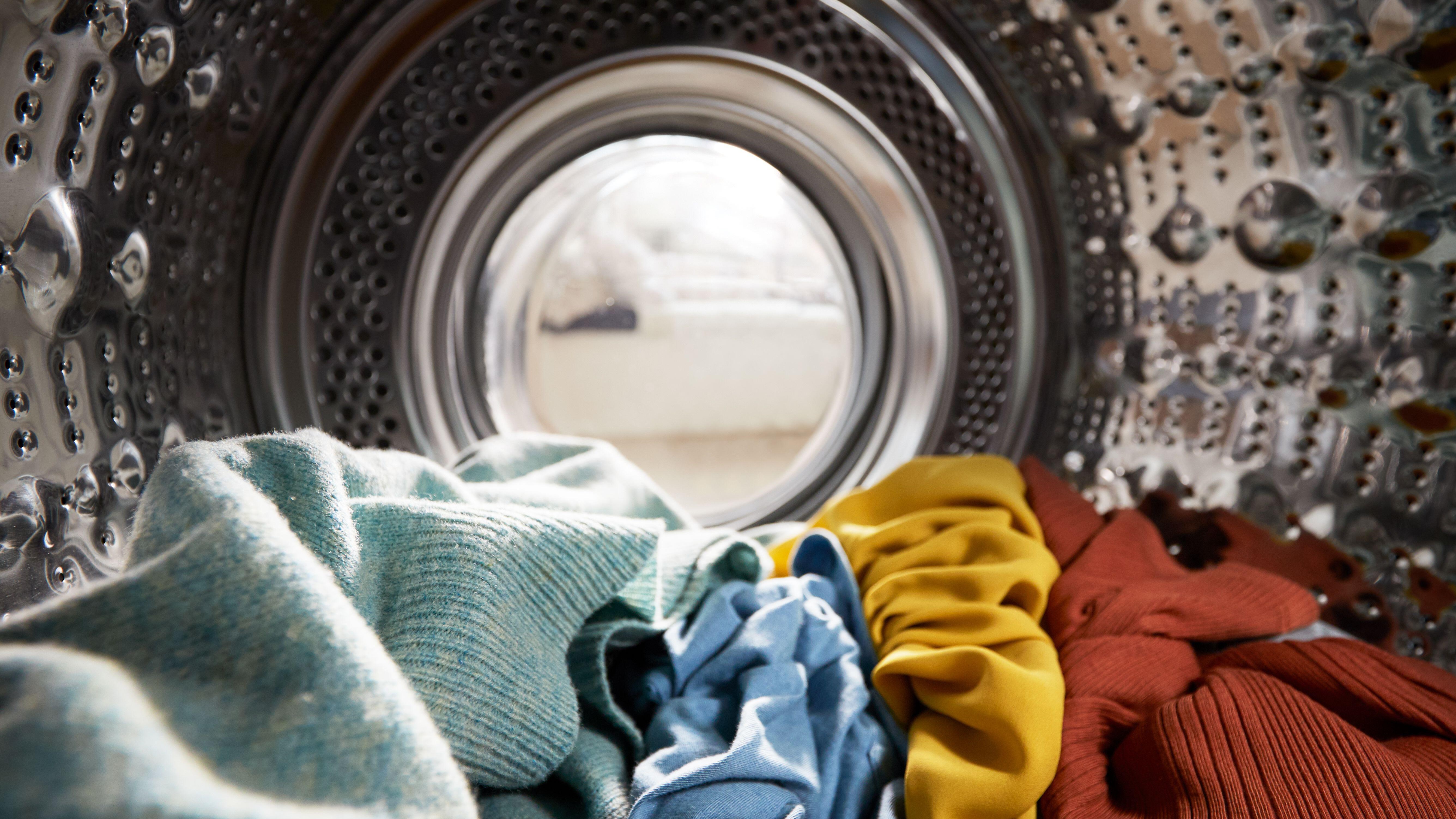
Now it's time to put your sorted clothing into the drum of the washing machine.
But Doty warns: "Don't overload the machine—leave 1/4 of the machine empty, as you'll want clothes to be able to move freely throughout the cycle. This prevents damage and allows each item to be thoroughly washed and water to rinse easily."
4. Add detergent (and fabric softener, optional)
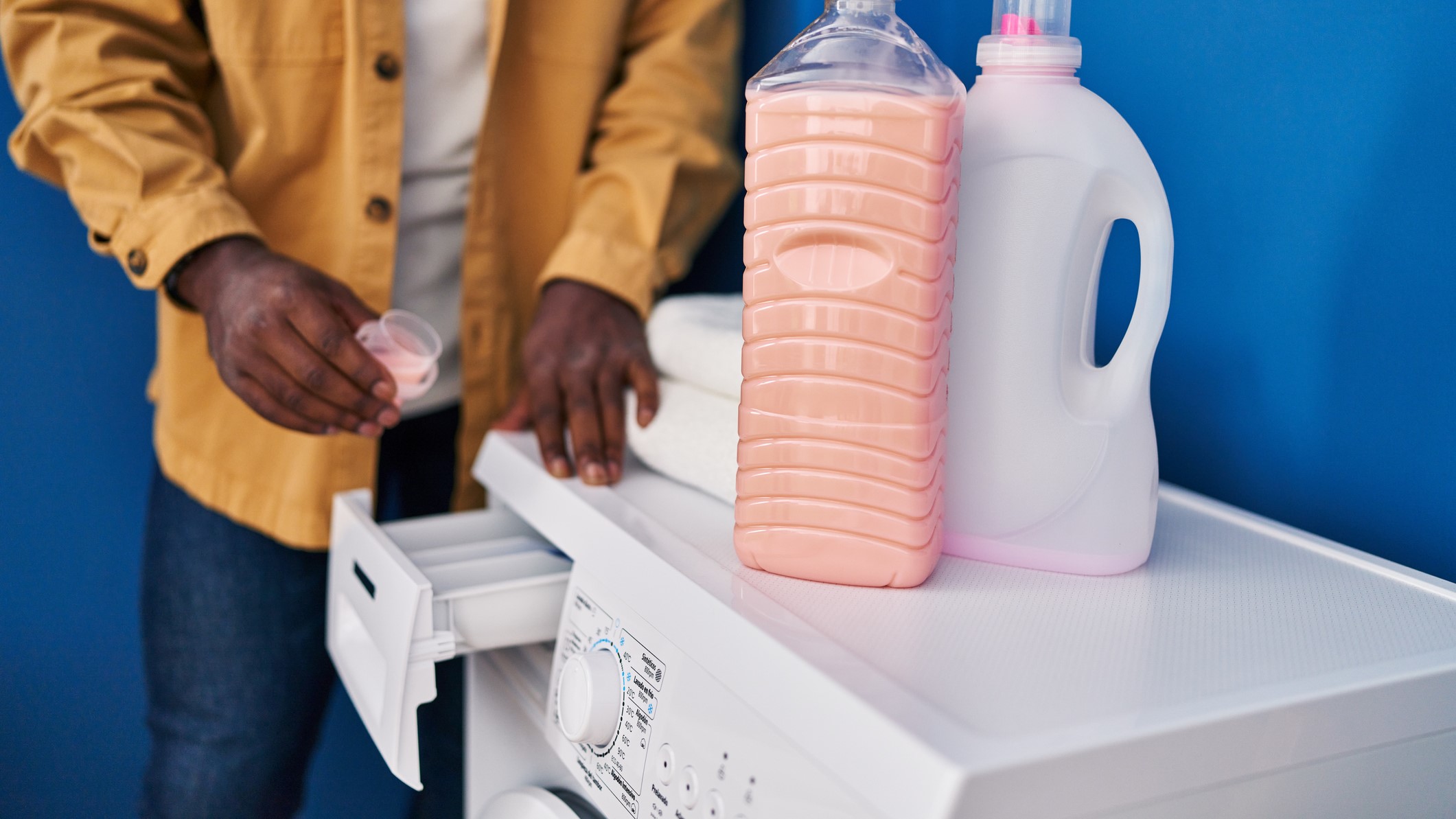
For standard loads, Doty recommends using 1-2 tablespoons of liquid detergent or about 1/4 cup of powder.
He says: "Pods are pre-measured and you just have to throw those in the washer. The bottom is safest to ensure they don't dissolve on clothing.
"If your machine doesn't have a dispenser, just add the detergent directly into the drum. And if you're using fabric softener, pour into the designated compartment of the dispenser, which is often marked with a flower type symbol. Don't add it directly to the clothing as it may stain."
5. Select the wash cycle
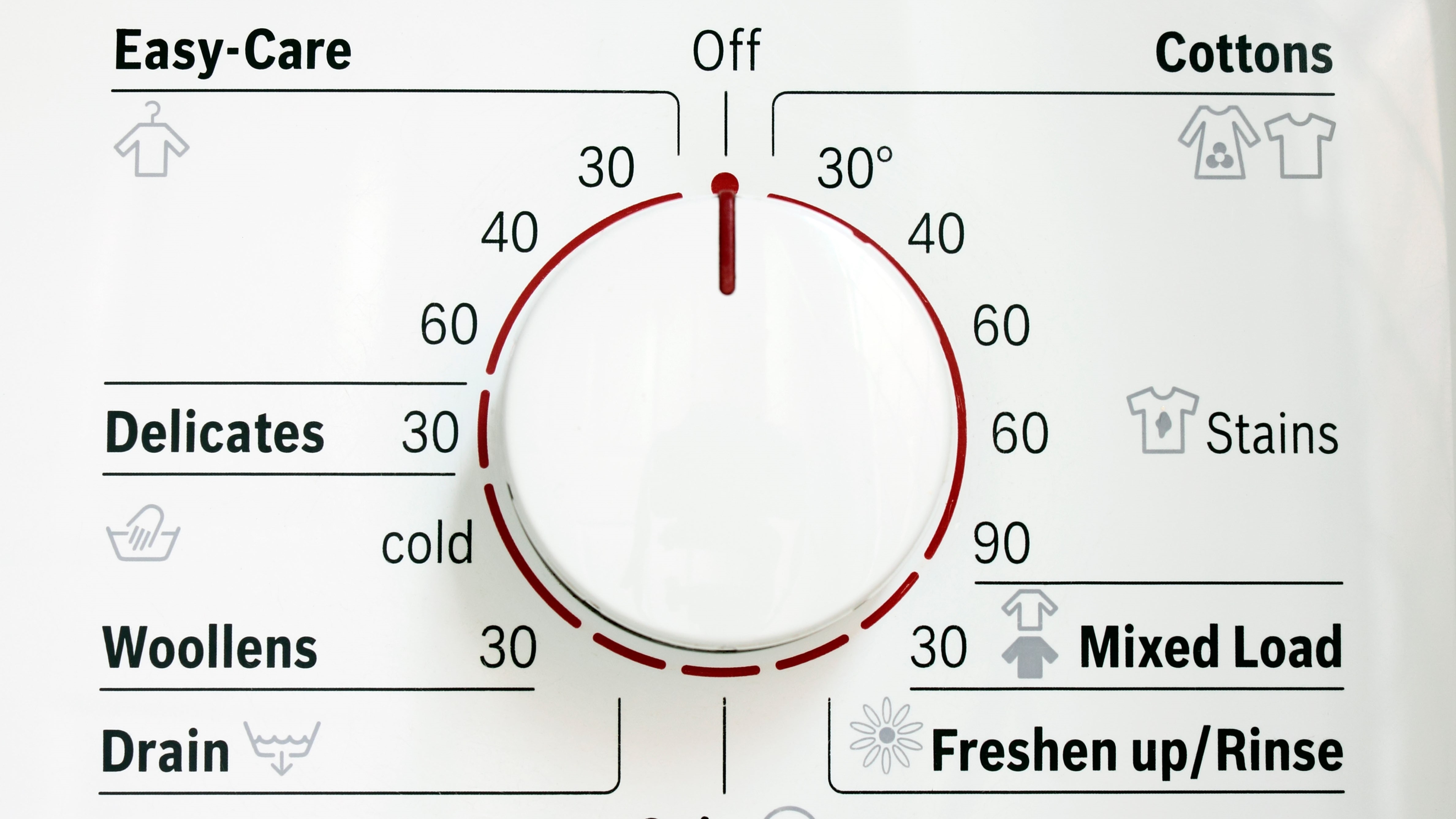
Choose the cycle that best matches your laundry load next.
Doty recommends: "Opt for Normal for your everyday clothing, Delicate for lingerie or silk material and Heavy Duty for towels and other dirty rags or work clothing.
"Be sure to look at the care instructions on your clothing to know which type of washing cycle is best for that particular item."
6. Select the water temperature
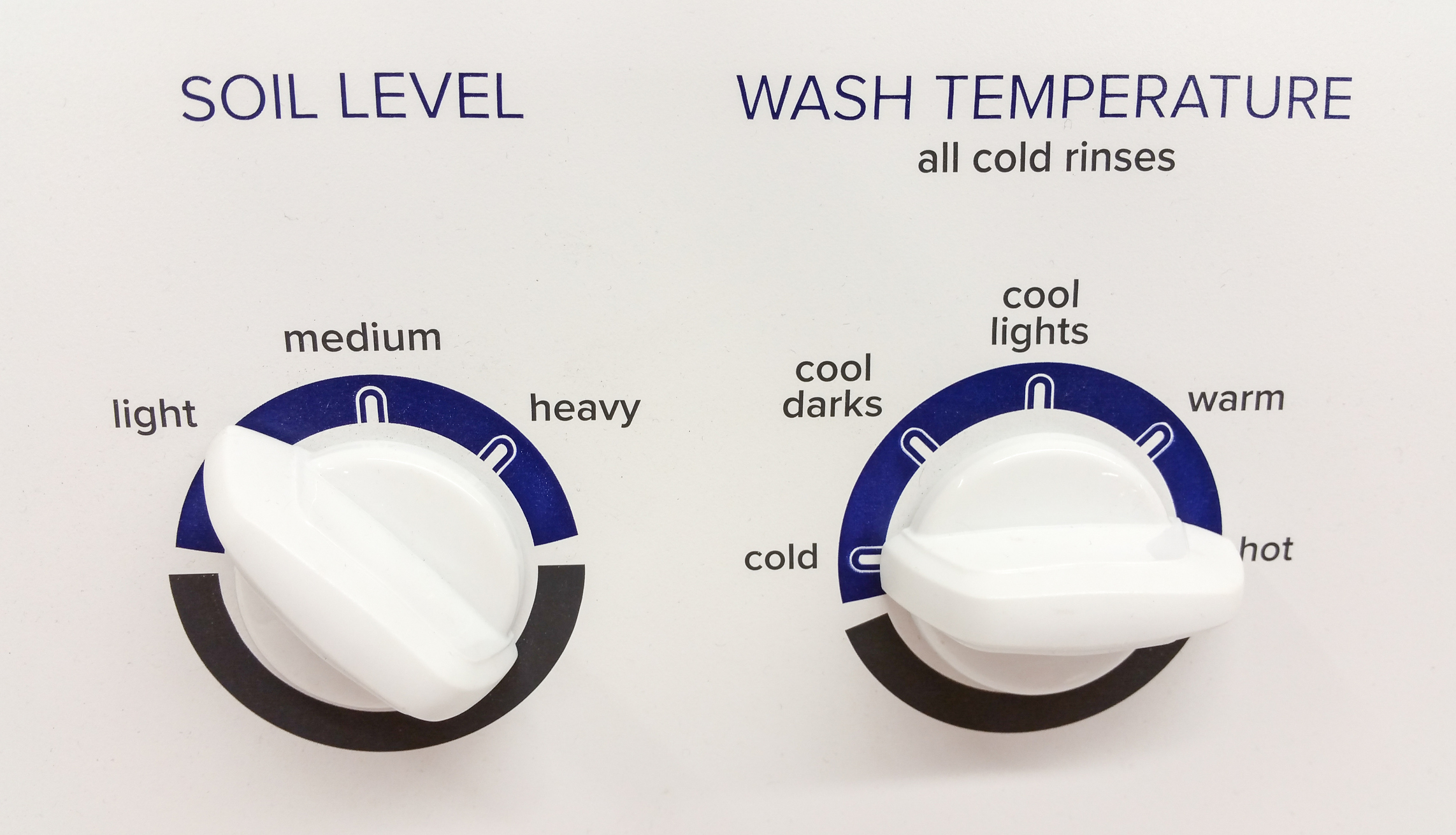
Cold water is the most commonly used and safe for most clothing items.
"It also has the added benefit of saving energy," says Doty. "Hot water is best used for whites and really dirty clothing items. Again, be sure to read the care labels on clothing to ensure you aren't damaging the material."
7. Start the machine
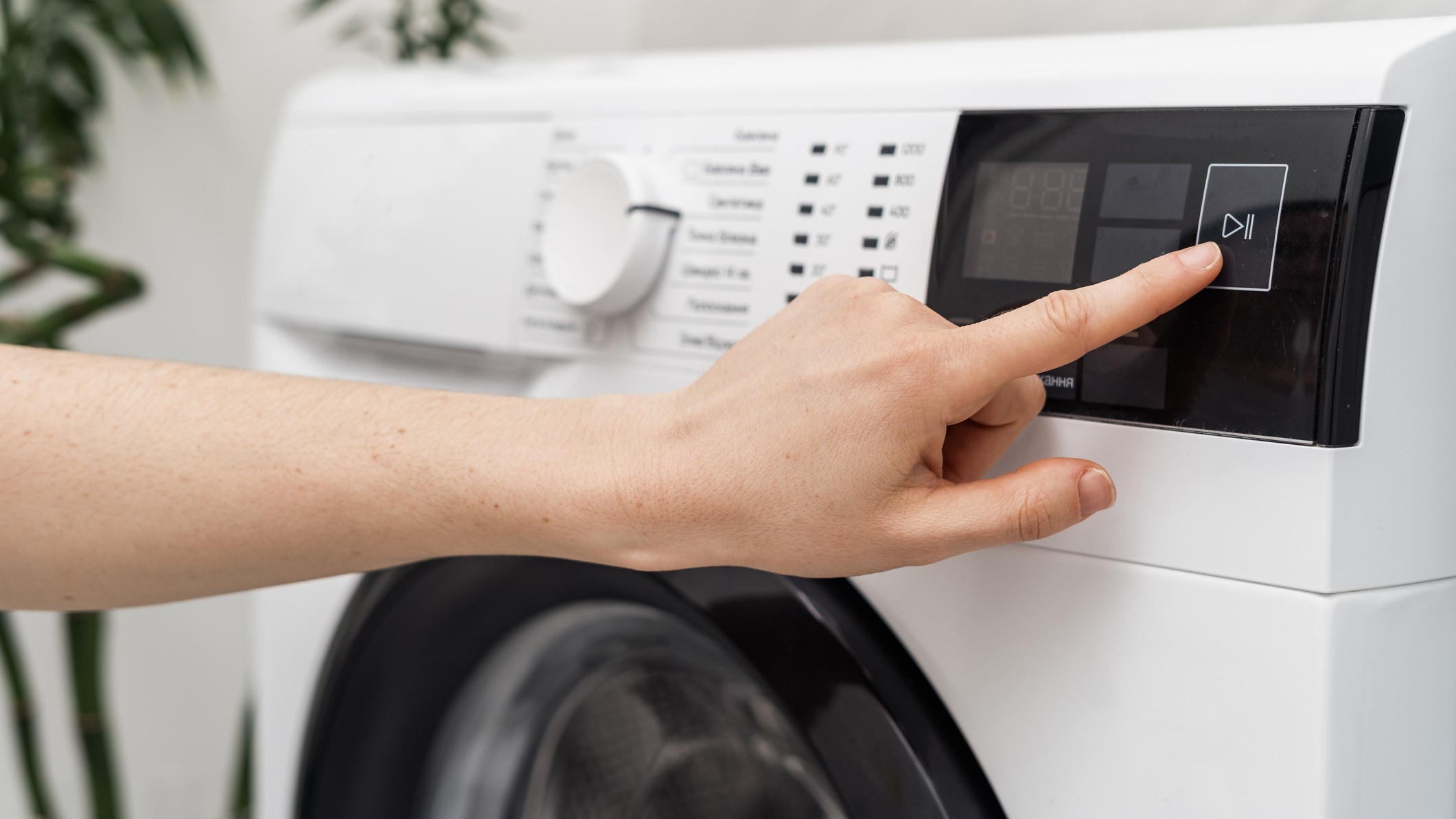
Now it's time to start the washing process.
"Close the lid and be sure it latches, and press the start button," says Doty. "Some machines may require you to pull out the dial. Make sure the machine starts and is filling with water before letting it do its thing."
8. Remove clothing for drying
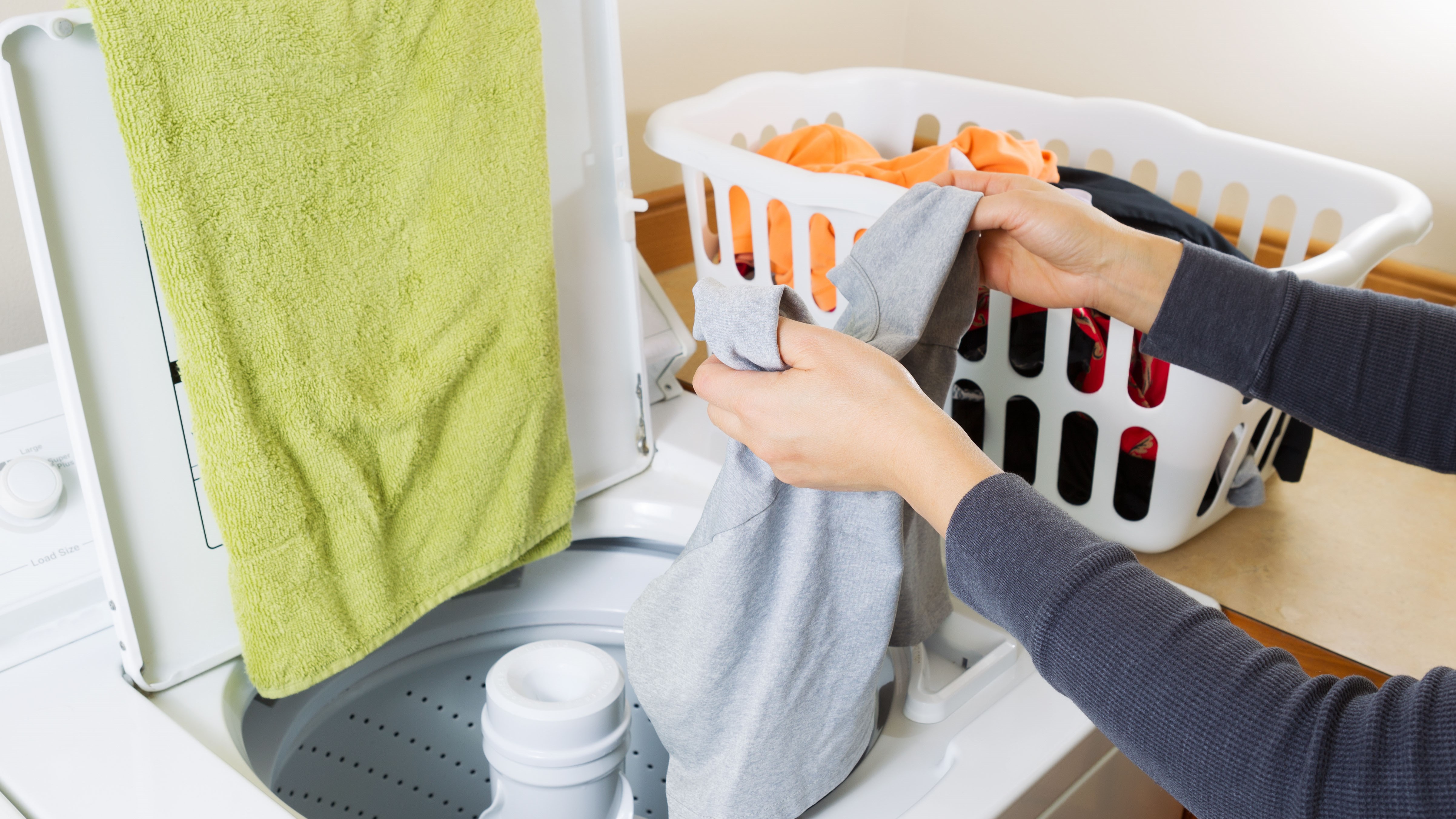
Once the cycle ends, often signaled by a noticeable noise or in newer machines, a song, remove the clothes.
"Do this quickly to prevent wrinkles and any sort of musty odor," says Doty. "Shake out any loose water or lint and begin your drying process, either air dry or machine."
FAQs
What's the right temperature for washing laundry?
Kungl recommends: "Wash white, very dirty and greasy clothes as well as diapers and towels at 140°F and above. 104°F reduces fading or shrinking of your light-colored clothes.
"To stop dark and bright colors from fading, wash at 86°C. But be careful! To be safe, follow the washing label on your clothes."
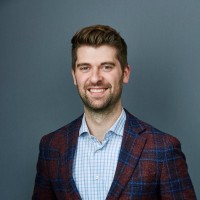
Tyler Kungl is the Head of Business Unit Laundry (North America) at BSH Region North America, a company that is home to both globally established appliance brands such as Bosch, Siemens, Gaggenau, and Neff.
Which detergent should I use?
For the best washing results, use the right detergent for different types of clothes, says Kungl.
"Heavy-duty detergent with bleach is used to keep white fabrics pearly white. For a brilliant black, use gentle detergent for black fabrics. For radiant colors in your colorful clothes, use color detergent. And use gentle detergent to protect wool and silk from damage."
How can I maintain my washing machine?
After using the washer and removing your clothing from it, wipe the rubber gasket dry with a small hand towel and leave the washer door and detergent drawer open so that any remaining water can evaporate, says Kungl.

